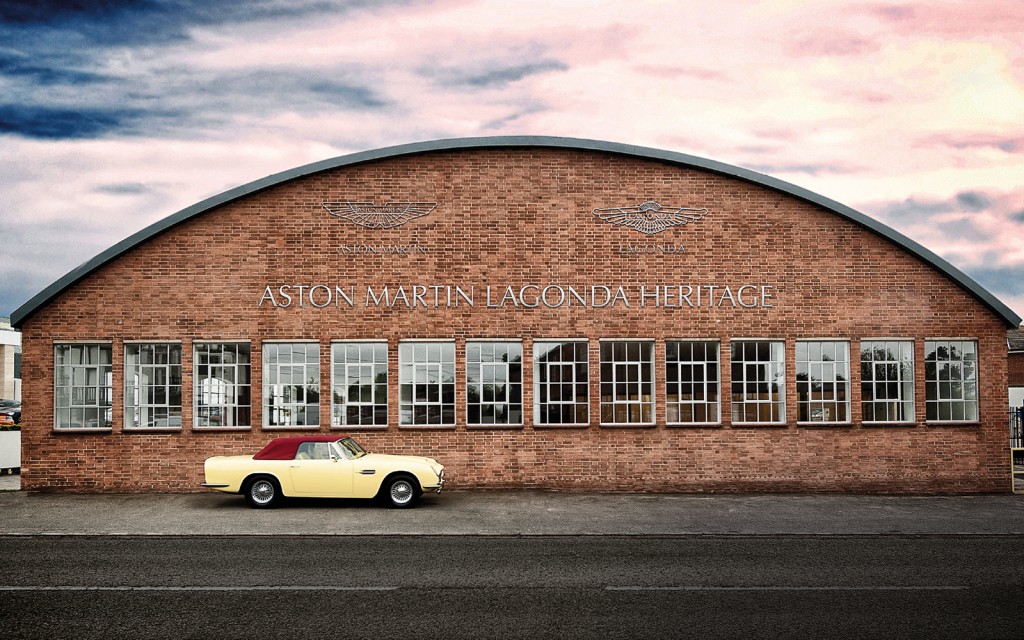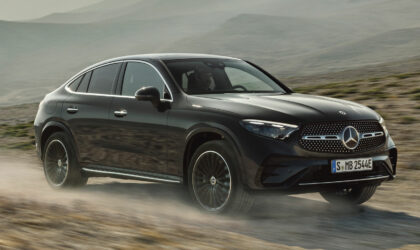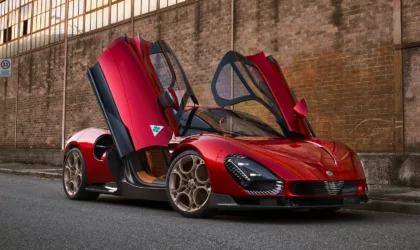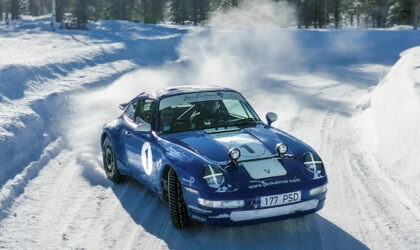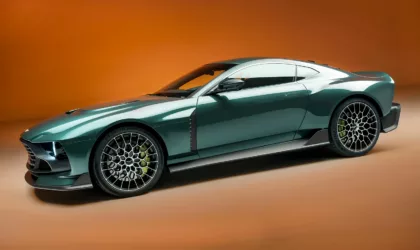In many ways, our modern lives are a continuation of our heritage. Like a thread through a needle, our influences are stitched with the form and colours of our experiences in a reverie of textures, aromas and sounds from around the world.
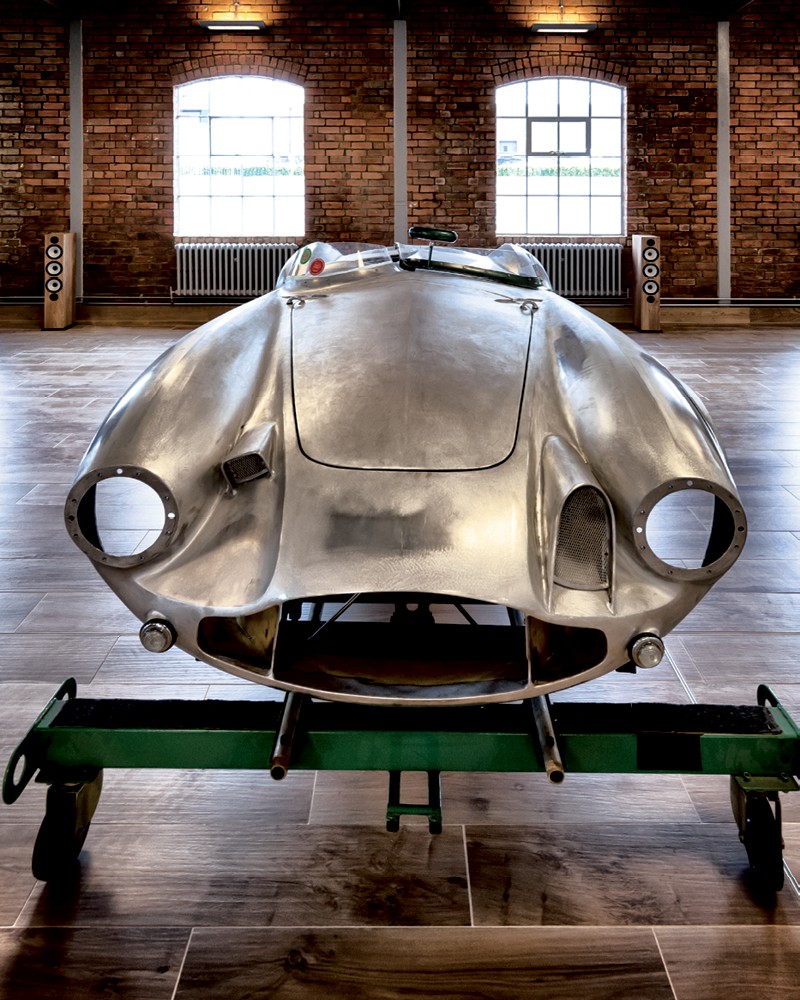
Cherished textures, materials, places and even memories have all served as a starting point to create a design vision for cars across the Aston Martin model range past and present. It all started here, in the outwardly unassuming cluster of buildings – some truly historic and some modern – in the village of Newport Pagnell in Buckinghamshire, England. This is where the people of Aston Martin Works translate some of these influences into the world’s super-bespoke cars.
I find it absolutely fascinating how you can honour such heritage and history while being compelled by a fervent interest in the future, and was eager to meet Paul Spires, the president of Aston Martin Works, to find out how they take inspiration from the past and make it thoroughly modern.
‘Life is about connection, and how people find ways of connecting that are meaningful to them. Aston Martins are a lifestyle, not just cars. And your lifestyle needs to reflect the things you hold dear to your heart,’ says Spires, as he took me on a personal tour around this celebrated workshop and sales epicentre.
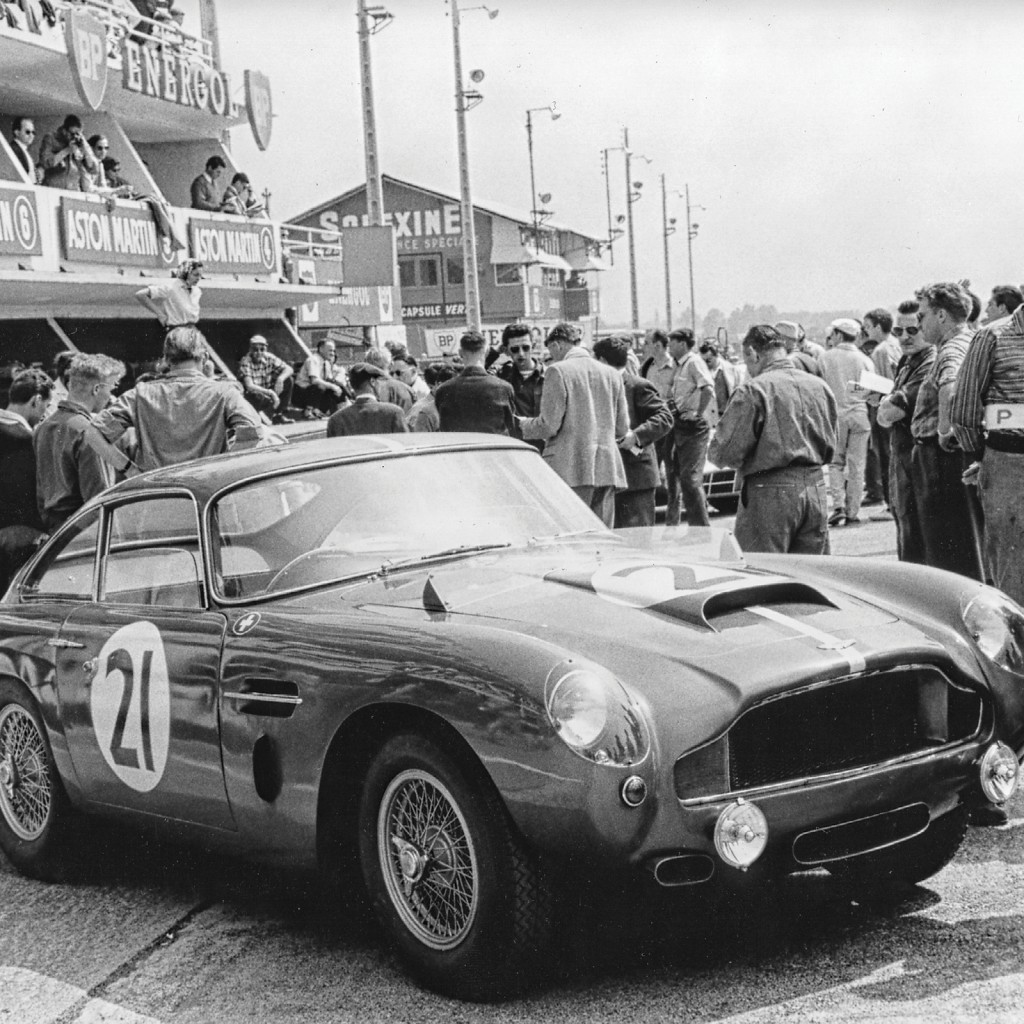
The Bond bond
We wandered over to a DB4 GT Continuation in the workshop. A hand-built gem created at the same site where the 75 original forebears were produced from 1959 to 1963. ‘It was a true supercar of its day and is probably the most revered of all Aston Martins,’ says Spires, as he feathers his hand over the perfect panel gaps on this automotive work of art.
Fusing a blend of almost forgotten craftsmanship and ultra-modern techniques, these Continuation cars have marked improvements in performance, handling, braking and safety, while reflecting the original’s exceptional qualities and character. ‘To guarantee an unbroken bloodline through the Newport Pagnell-built pedigree, the Vehicle Identification Numbers of Continuation cars carry on from the last original DB4 GT,’ he adds.
They are all presold, but soon, 25 well-heeled clients will apply to buy a perfect Continuation of James Bond’s Goldfinger DB5 instead. Handmade in association with the producers of the 007 films, the car bridges the over half-century connection between Aston Martin and James Bond. ‘This is something truly unique and everyone involved here at Aston Martin Works believes it’s been a real privilege to be involved,’ Spires says proudly.
I was one of an entire generation of children in the ’60s who pestered their parents for a Corgi die-cast model of the 007 DB5 and in a heartbeat, like Spires, became one of a generation of aspirant Aston Martin owners.
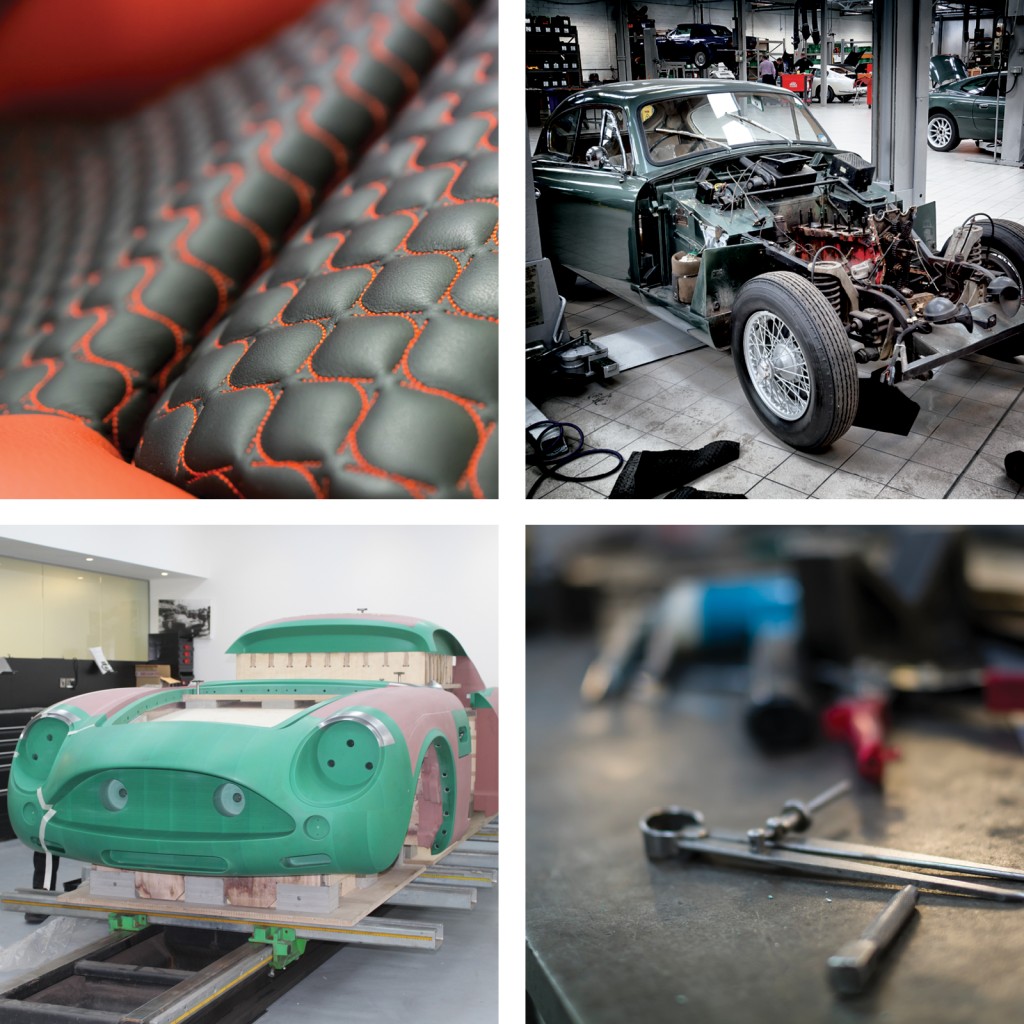
A life’s work
In a sure sign that a name alone cannot keep a heritage alive, the company has also pioneered a bold new plan to future-proof the increasingly valuable 13 000 remaining heritage Aston Martins in existence by creating the world’s first reversible EV powertrain conversion. ‘By future-proofing customer’s classic cars against any upcoming restrictive legislation, our zero-emissions conversion can protect our customers’ long-term enjoyment of their cars,’ Squires explains.
‘Driving a classic Aston Martin on pure EV power is a unique experience and one that will be very attractive to many owners, not just those who live in city centres.’ Thanks in part to Aston Martin’s development of the new Rapide E and the future all-new range of Lagondas, the firm has pioneered a radical new Electric Vehicle ‘cassette’ that sits within its own self-contained cell, mounted on the original engine mountings of a classic Aston Martin.
‘I drove the “proof of concept” DB6 Volante extensively, and it’s totally a unique experience,’ Spires enthused. It’s a rare ability for a car brand to manage conformity and change. But Aston Martin Works seems to be practising a consciously practical approach in ensuring that the gift of heritage is passed on just as much as it is newly created.
The DB4 GT Zagato is a track-only car, dressed in thin-gauge hand-rolled aluminium body panels, while the road-legal, modern DBS Zagato is based on the 533kW turbocharged 5.2-litre V12 DBS Superleggera and will feature the similar pert tail, and modern take on the famous ‘double-bubble’ roof of previous Zagato Astons.
Sold only as a pair, the Aston Martin DBZ Century Collection will cost a cool £6 million plus taxes, Aston Martin CEO Dr Andy Palmer says. ‘With Zagato celebrating its centenary this year, what better way to celebrate this landmark, and the long-standing bond between our two great companies, than creating these 19 pairs of cars.’
For more information visit Aston Martin’s website.
By Richard Webb
